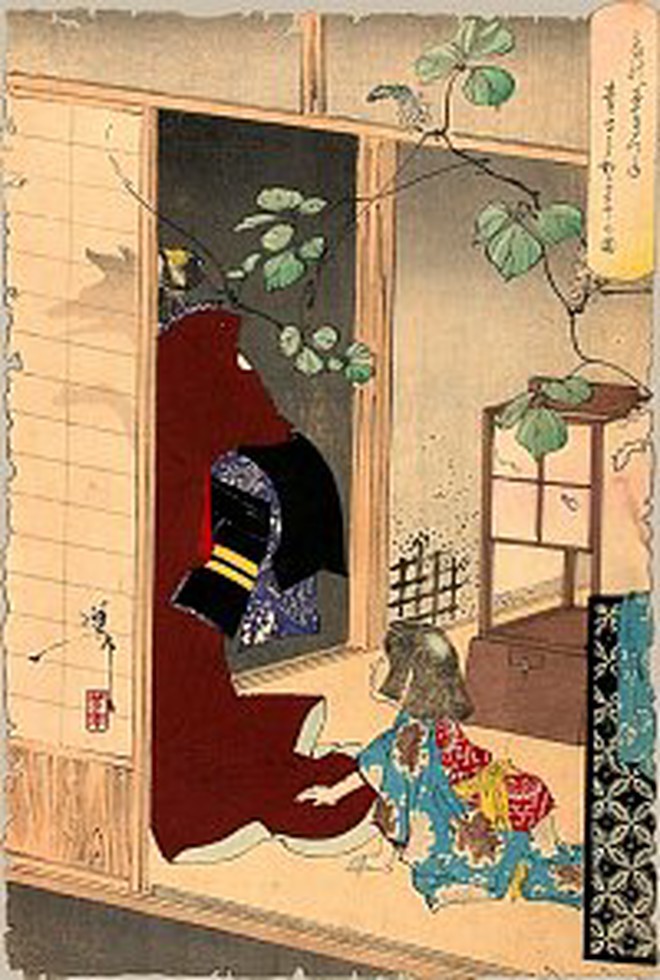
For those of us who are writing historical fantasy, naming characters can be tricky. Take King Arthur. Getting the name right to get the right feeling across. Mixing up contemporary names with ancient names can end up in a loss of authenticity. Romeo and Juliet works, Romeo and Janet does not.
Writing about Heian Japan, looking back a thousand years, the names of Japanese people are not the same as they are today, or even a hundred years ago. Perhaps only purists will catch this. The late Anthony J. Bryant writes about Lady Murasaki, the author of The Tale of Genji, a novel of 1000 years ago (some say, the world’s first novel):
…the true name of Murasaki Shikibu, author of the Tale of Genji, is unknown. The latter seems to have been called Tô no Shikibu in earlier sources; the “Tô” is the first character from the name “Fujiwara,” into a cadet branch of which she had been born; the “Shikibu” comes from the title of an office held by her father and brother; the “Murasaki” was a nickname given her owing to the lead female character in her book, Genji Monogatari (The Tale of Genji).
He goes on to say that women’s names in the era are a bit of a mystery, to say the least. Even Margaret Mitchell’s heroine, Scarlett O’Hara, was originally going to be called Pansy O’Hara. As my current novel is undergoing my own final edit, prior to being sent to a professional editor a week from now, I comb through my characters names, review, recheck, and hope I get it right.